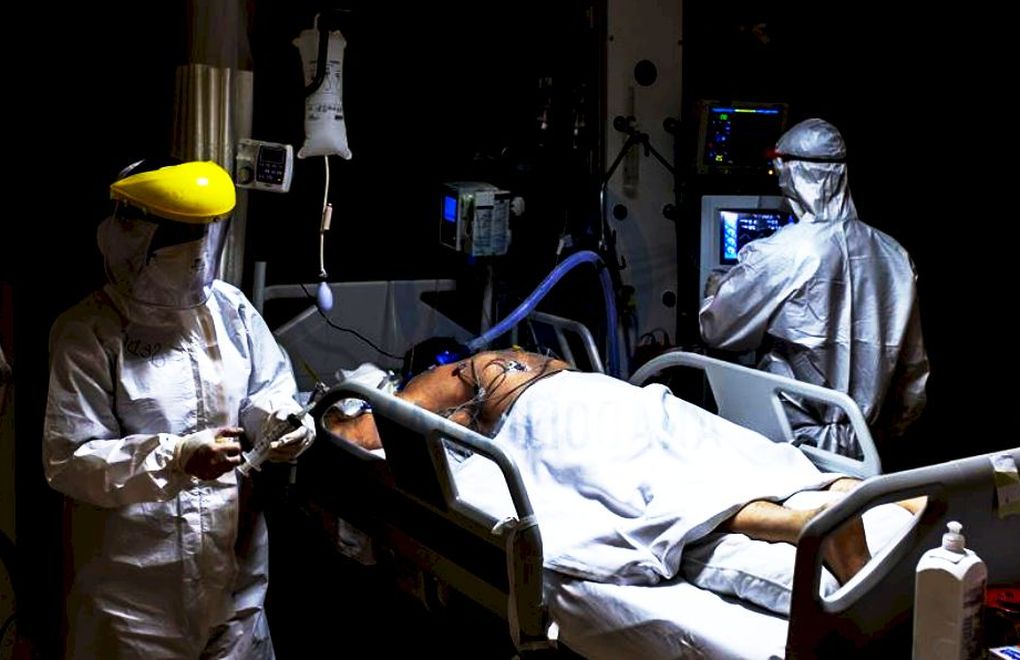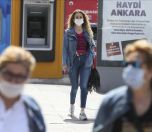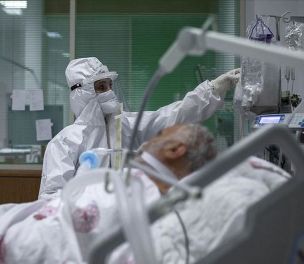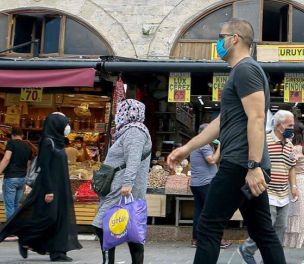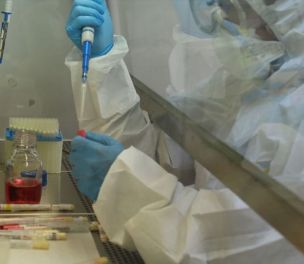Photo: AA
Click to read the article in Turkish
Occupancy rates in coronavirus hospitals in Ankara, the capital, have reached 100 percent, according to a report by the provincial medical chamber.
"Due to occupancy, service and intensive care units are in a situation that they cannot accept Covid-19 patients," the Ankara Medical Chamber said in its report on the reopening process.
After the government's reopening steps at the start of June, Turkey has seen a steep increase in the need for critical care services as the number of Covid-19 patients in intensive care doubled in two months. As of July 29, the Ministry of Health stopped announcing intensive care figures for Covid-19.
CLICK - Covid-19: Turkey stops announcing number of intensive care patients after sharp increase
The average number of daily new cases in the province has been recently about 1,000, the chamber said, citing health workers in various areas such as contact tracing teams, intensive care services and outpatient clinics.
Patients with clinical findings of Covid-19, including pneumonia, are not able to find beds at hospitals, according to the report.
"Patients who should be in intensive care units are followed up on stretchers in emergency services," the report said, noting that some patients are sent to their homes after not being able to find empty beds in coronavirus hospitals.
Also, many hospitals that are not designated as "pandemic hospitals" can't serve patients other than those infected with Covid-19 because of the increase in new cases, the medical chamber further noted.
More patients than the peak period
Even in April and May, the peak of the outbreak in the country, there was one patient per room in pandemic hospitals whereas there are two patients per room currently, the report said.
"In a hospital operated in public-private partnership in Ankara, eight patients were added to each intensive care unit, whereas the patient capacity of the intensive care units ... was 16 under normal conditions," according to the report.
The medical chamber also noted that older patients and patients with chronic illnesses are now treated in the same places with Covid-19 patients, which it said poses a great risk of infection.
"In the period of outbreak, transmission can be prevented only by reaching the source of contamination and by providing quarantine and isolation.
"In cases when the primary protective healthcare service is not carried out in accordance with the science of epidemiology ... healthcare organizations may remain incapable and society, of course with health workers, may face a heavy price." (AS/VK)




